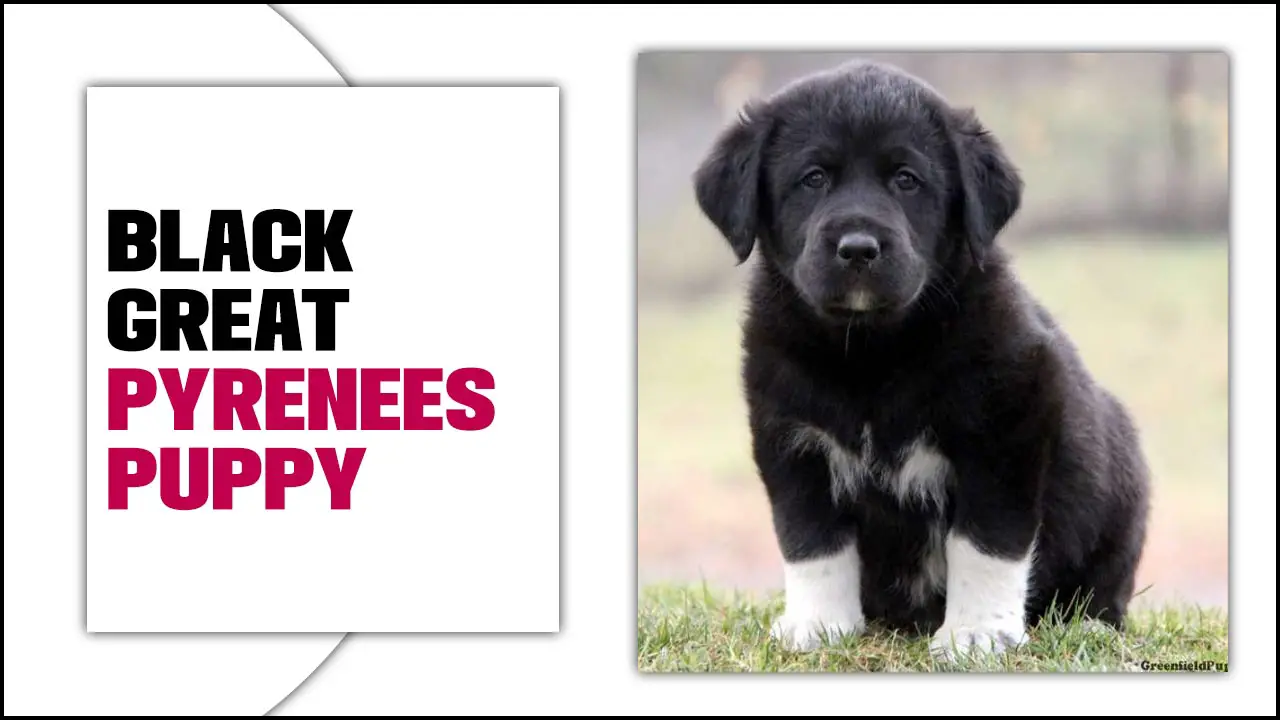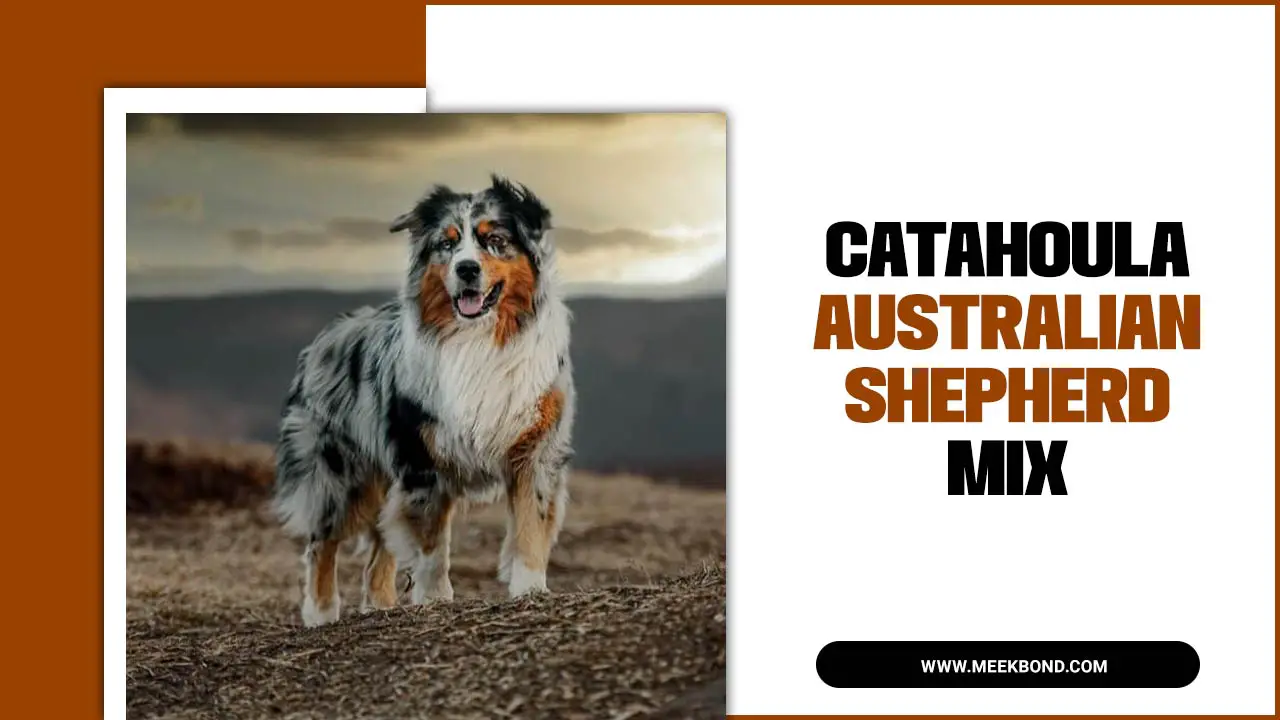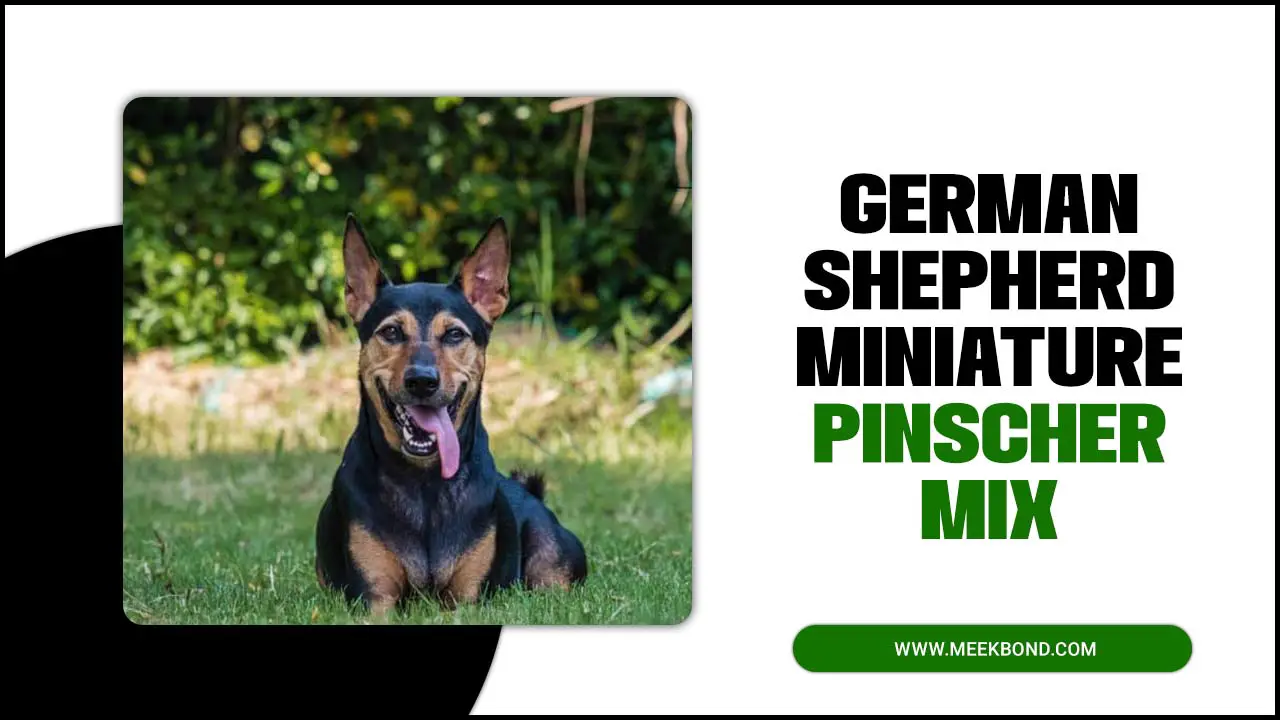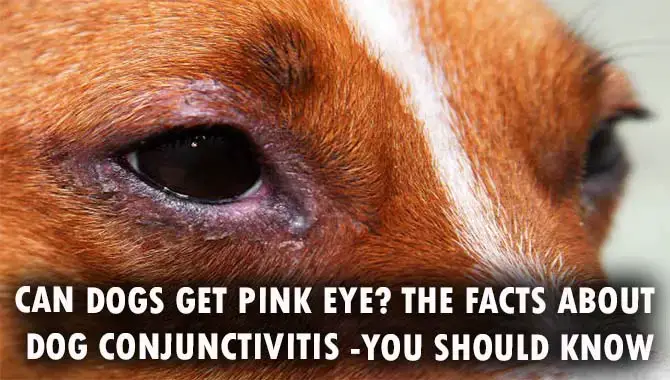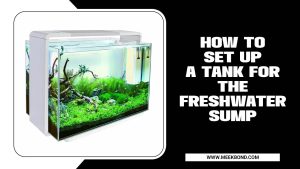Choosing the right type of dog chews for your pet is vital to maintaining a healthy, happy relationship between you and your dog. Just as with people, not all chews are created equal.
Some are better suited for aggressive chewers, while others may be too soft for more forceful chewers. From fetching to chewing toys and chewing bones, chewing is a dog’s favourite way of entertaining themselves.
While chewing is an effective way of chewing and chewing things, dog owners need to ensure that their pup chews appropriate objects. That is why we’ve come up with a list of tips to help you how to training your dog to chew appropriate items.
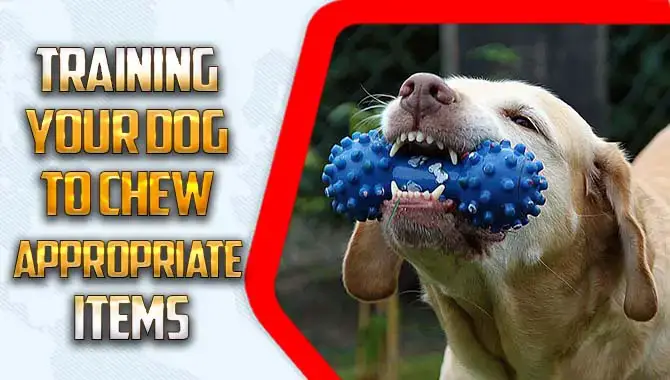
Why It’s Important To Train Your Dog To Chew Appropriate Items
Training your dog to chew appropriate items is crucial for their health and safety. Dogs have a natural instinct to chew, but if they are not taught what is acceptable to chew on, they may turn to destructive behaviors like chewing on furniture or shoes. This not only causes damage to your belongings but can also be dangerous for your pet if they ingest something harmful.
By training your dog to chew on appropriate items, such as toys and bones, you can prevent these destructive behaviors and ensure that your dog remains safe and healthy. Additionally, chewing on appropriate items can also help to promote healthy teeth and gums in your furry friend. So, take the time to train your dog to chew on appropriate items – it’s a small investment that can pay off big in the long run.
6 Tips For How To Training Your Dog To Chew Appropriate Items
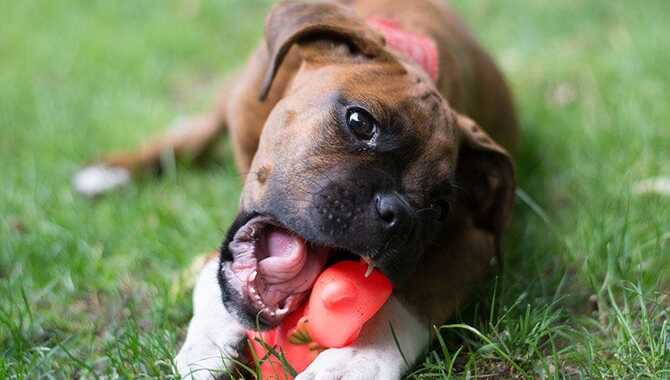
There are many different ways to train your dog not to chew on inappropriate items, but the most effective approach is a combination of confinement, supervision, teaching avoidance, and addressing needs.
Begin by providing your dog with appropriate chew toys and safe chew items daily. This will help train your dog not to chew on inappropriate items. If your dog does chew on inappropriate items, use positive reinforcement such as playtime or treats to get them to stop.
Also, use an aversive such as a leash or crate to keep your puppy away from certain areas or objects. When you take your dog for walks, make sure to supervise them closely so they don’t become bored and engage in chewing behaviors. Here are 6 tips for training your dog to chew appropriate items.
1.Establish Appropriate Chew Items
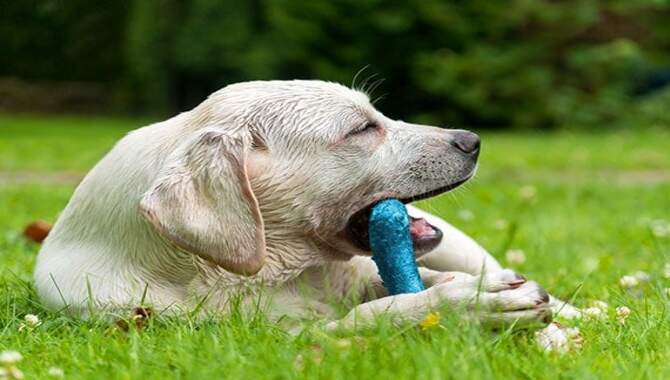
It’s important to provide your dog with a range of appropriate chew toys to keep them occupied. This will help redirect their chewing behavior and prevent them from chewing on inappropriate items. Such as furniture, clothing, or other inappropriate objects. It is also important to monitor your dog when they are chewing to ensure that they don’t ingest the toy. By rotating chew toys every few days, you can help prevent boredom from setting in and keep your dog engaged and interested in chewing.
Additionally, provide rawhide chews and edible chew treats in various flavors that are approved by the Veterinary Oral Health Council (VOHC). Understanding the reasons behind your dog’s chewing can help you better understand and potentially address any underlying issues.
2.Keep Unwanted Items Out Of Reach
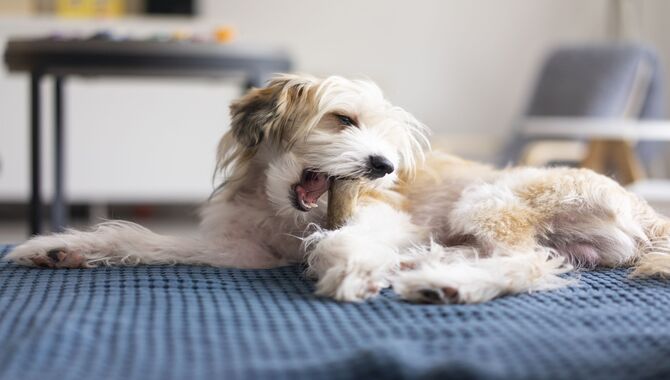
If you have a dog that loves to chew, you know it can be a challenge to keep them from chewing inappropriate things. Whether it’s your shoe, furniture, or even your pet’s toys and food, you want to make sure your dog has safe chew toys to keep them occupied. Providing your dog with appropriate chew toys can help them maintain their teeth and save the cost of replacing destroyed items. However, you must ensure that the toys you provide are safe for your dog to chew on.
Avoid providing toys made of materials such as wood or rope that can easily be torn into pieces and ingested. Instead, use safe toys made of synthetic materials like rubber or plastic. Additionally, place aversive tools such as sticky tape or plastic coverings near areas where you want to protect from your dog’s chewing. By keeping unwanted items away from your dogs’ reach and providing them with safe chew toys. You can help prevent destructive chewing and promote a healthy mouth.
3. Reward Your Dog For Good Chewing Habits
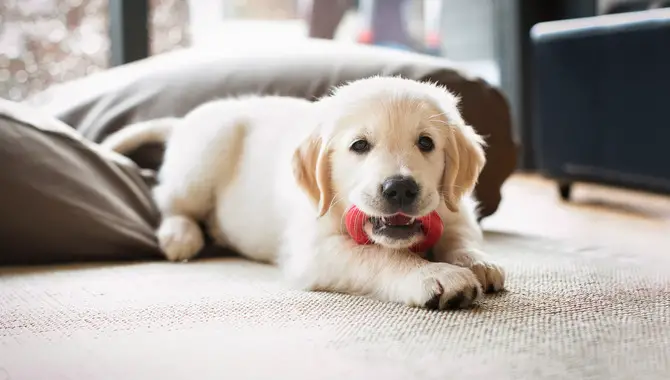
To encourage your dog to chew on appropriate items, offer them a treat as a reward for chewing on approved chew toys. When your dog is chewing on an approved toy, give them lavish praise and be consistent in rewarding them for the right chewing behaviors. Additionally, develop a toy habit with your dog from an early age by providing them with a variety of attractive chew toys.
To ensure your dog knows when they’ve done good chewing, always use verbal cues such as “good chew” or “good bite”. Lastly, teach your dog the command “leave it” to help them know when they have done something inappropriate with an approved toy.
4. Discourage Chewing On Unwanted Items
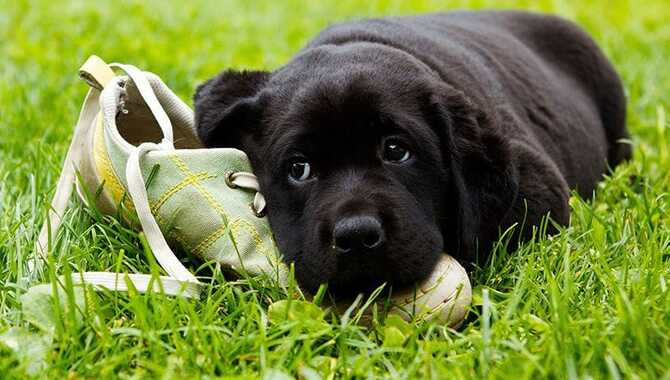
It is important to use aversive tools to discourage chewing on unwanted items. These can include substances such as sticky tape, plastic coverings, or bitter apple spray. It is important not to use punishment tactics such as yelling or hitting your dog when they are chewing on something you do not want them to chew on. Instead, try using a training technique such as shaping or targeting to teach your dog appropriate chewing behaviors.
It’s also a good idea to tighten up puppy-proofing and make sure there are adequate toys for your dog to chew on instead of inappropriate items such as chair legs, rugs, and tablecloth edges. When it comes to reducing stress and helping your dog stay calm, increase exercise and provide mental stimulation. This will help reduce unwanted chewing behaviors in the long run.
5. Provide Plenty Of Exercises
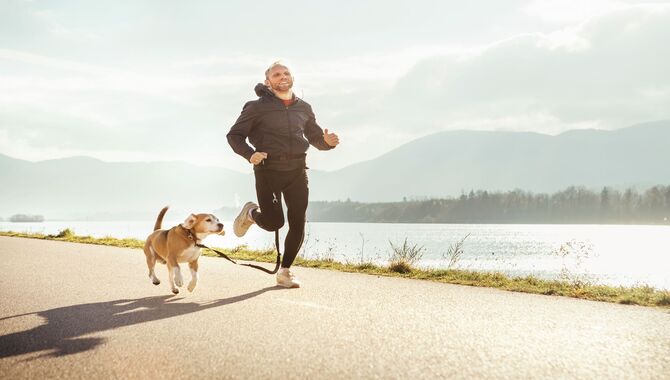
Dogs require exercise to develop a strong chew toy habit. Without regular exercise, a dog can chew inappropriate items, such as shoes, furniture, and wallpaper. To avoid destructive chewing, dogs need to have plenty of opportunities to chew appropriate items such as toys and bones. Besides, providing exercise can reduce anxiety and stress in your dog.
So take your dog for a daily walk or engage in off-leash play with other dogs to help him or her get physical and mental exercise. Besides, provide appropriate chew toys that can be rotated regularly to add variety and prevent boredom. Additionally, try to avoid exposing your dog to stressful situations such as loud noises or sudden movements. This will help reduce destructive chewing behavior in the long run.
6. Use Deterrents To Discourage Chewing
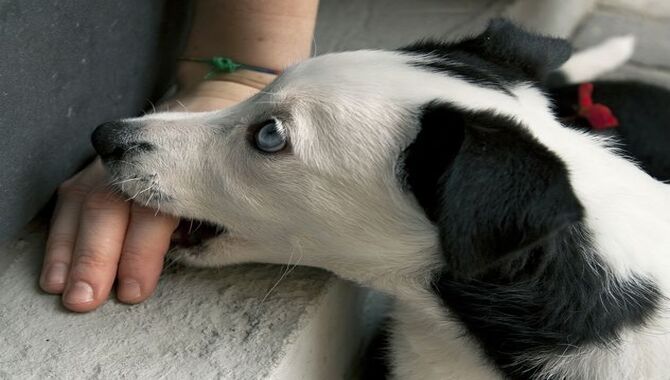
If you are looking for ways to discourage chewing in your dog, there are a variety of tools at your disposal. One way to discourage chewing is to use aversive tools such as sticky tape, plastic coverings. Or bitter apple spray to give the puppy a negative association with the area they try to chew.
Other options include commercial non-toxic, bad-tasting deterrent sprays or training tools such as bitter apple spray or anti-chew dog spray. These should be used in conjunction with addressing the underlying reasons why the dog is acting out–for example. By training the dog to stay away from certain areas or using a crate to confine them while you’re not around.
Other DIY remedies that can be useful include apple cider vinegar or lemon juice. Which can be used as a deterrent spray to keep dogs away from furniture and other areas where they might chew. Overall, it takes patience and dedication but with the right training and supervision. It is possible to stop your dog from chewing inappropriate items and promote healthy behavior instead.
The Risks And Dangers Of Allowing Your Dog To Chew On Anything And Everything
Allowing your dog to chew on anything and everything can be a dangerous habit that poses many risks. For one, it can lead to dental problems, such as broken teeth or gum disease. Additionally, some objects may pose choking hazards or cause blockages in the digestive system if ingested. Dogs may also be exposed to toxic materials if they chew on certain items, such as household cleaners or pesticides. It is important to provide your dog with appropriate chew toys and supervise their chewing habits to ensure their safety and prevent any potential health issues. By taking preventative measures, you can help keep your furry friend happy and healthy for years to come.
Common Mistakes To Avoid When Training Your Dog To Chew Appropriate Items
Training your dog to chew appropriate items can be a challenging process. But there are some common mistakes that you can avoid to make the process easier. Firstly, it is important not to punish your dog for chewing on inappropriate items, as this can lead to fear and anxiety. Instead, focus on providing positive reinforcement when they chew on appropriate items.
Another mistake is providing too many toys or bones at once. Which can overwhelm your dog and make it difficult for them to distinguish between appropriate and inappropriate items. It is also important to supervise your dog during the training process. As they may revert back to chewing on inappropriate items when left alone. By avoiding these common mistakes and remaining consistent with your training. You can help your furry friend develop healthy chewing habits.
How To Reward Your Dog For Chewing Appropriate Items?
If you’re trying to train your dog to chew appropriate items. It’s important to praise your dog whenever they chew on approved toys or treats. This will help reinforce positive behaviors and promote positive associations with chewing appropriate items. When your dog is chewing on something inappropriate. Such as a toy or piece of furniture, gently pull the item away and signal that it’s time to leave it. It’s important to enforce this command consistently and gently not to scare your dog.
Also, try training your dog to chew items other than toys and treats. You could use kibble or small bones as chew toys. When your dog is chewing on these items, give them lavish praise and let them know how excited you are about their good behavior. This will help teach them that chewing on these items is acceptable.
Conclusion
Dogs can be a great addition to your family, but they can also be destructive if not properly trained. Chewing is an important habit for dogs and helps to keep them occupied and healthy. However, not all chew toys are created equal – some are more appropriate for certain purposes than others.
Now that you know how to train your dog to chew appropriate items and discourage chewing on unwanted items. It’s time to implement these tips and reward your dog for chewing his favourite toys and chewable treats. Remember that positive reinforcement training is the best way to train your dog. If you’re looking for a pup who loves chewing and chewing things, look no further.
Frequently Asked Questions
Can Dog Training Help With Chewing?
Yes, dog training can help with chewing.
There are a few things you’ll need to do:
– Choose appropriate outlets for your dog to exercise and play, such as walks, off-leash playtime, and food-puzzle toys.
– Provide chew toys that your dog can chew on for boredom instead of destructive chewing. Old socks and shoes make great chew toys for puppie
How Do You Make The Dogs Stop Chewing On Wood And Other Items Or Objects?
It can be challenging to get dogs to stop chewing on wood or other objects. But there are a few things that you can do to help.
First of all, it is important to understand the instinct of dogs to chew on objects.
Make sure that objects that the dog may chew on are out of reach.
Finally, be actively supervising the dog when they are outside of their crate/kennel. This way, you can make sure that they don’t chew on anything inappropriate.
Why Won’t My Dog Chew On Chew Toys?
Dogs naturally chew on things, but it’s important to redirect their chewing habits toward chew toys. Chew toys provide a safe and healthy outlet for your dog to chew on and play with.
To help develop a chew toy habit, confine your dog to a designated area and provide them with chew toys such as KONGs, West Paw’s Tux toy, or Busy Buddy’s Squirrel Dude.
Should I Let My Dog Chew On Hard Things?
Chewing is a natural and healthy behavior for adult dogs. It helps keep their teeth and jaws strong, and puppies may chew to soothe the pain of teething. To prevent your dog from chewing on inappropriate objects, focus on helping them develop a strong chew toy habit.
Which Kind Of Chews And Chew Toys Are Best For Dogs?
When it comes to choosing chew toys for dogs, it’s important to select chew toys that are designed specifically for chewing. To help you make the right decision, here are some tips:
1. Only choose to chew toys that are the appropriate size for your dog’s weight and breed.
2. Monitor your dog while they are chewing to prevent them from swallowing any toy.
3. Rotate chew toys every few days to provide your dog with a variety of textures, shapes, colors, and smells.
4. Check out chew toys that have been approved by the Veterinary Oral Health Council (VOHC).

Aquarium passion is all about connecting with the aquatic life and providing education to the public on the importance of these creatures. We showcase a wide variety of marine life through our exhibits as well as working with schools to provide unique learning opportunities for students of all ages.

